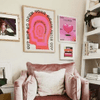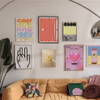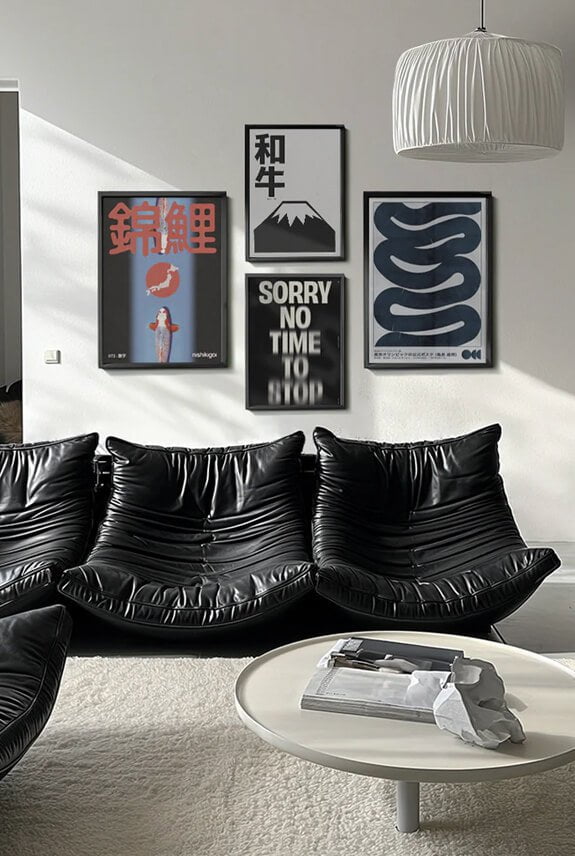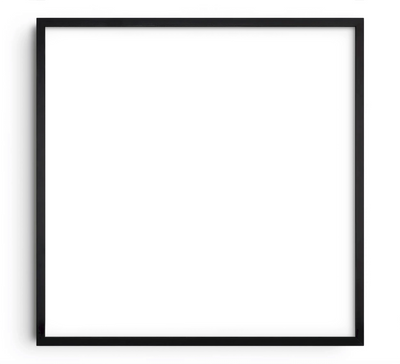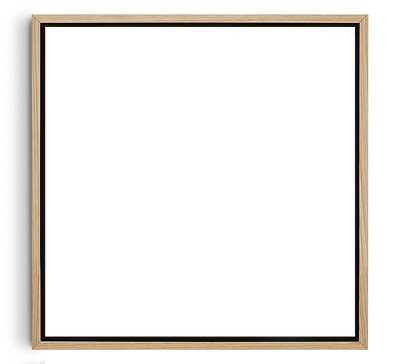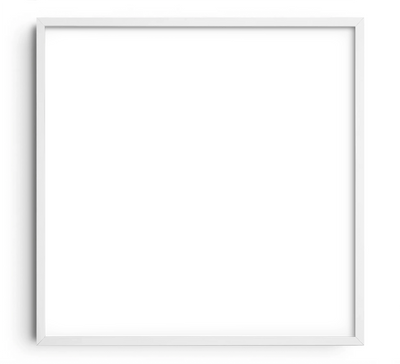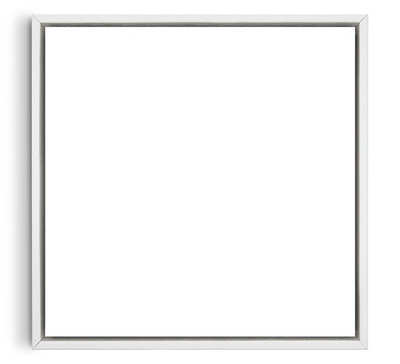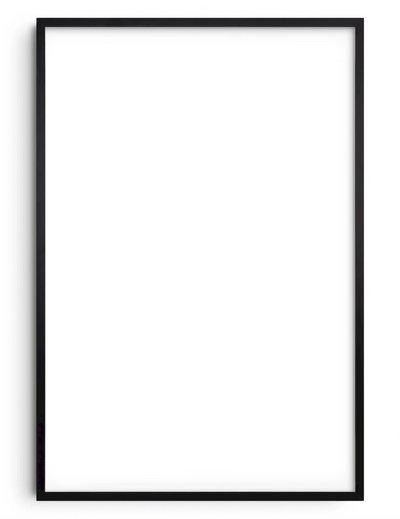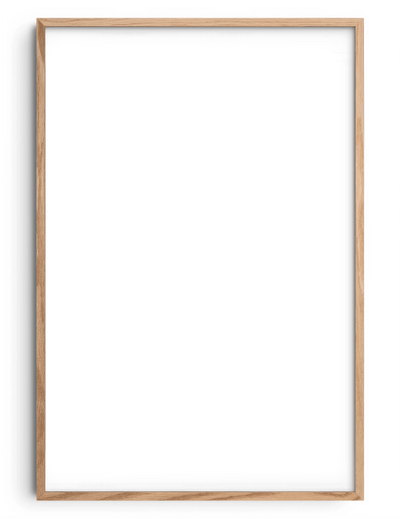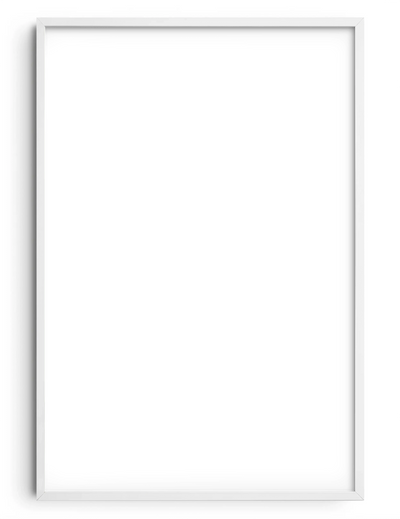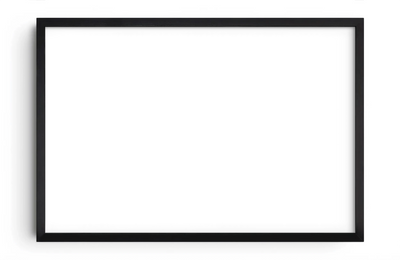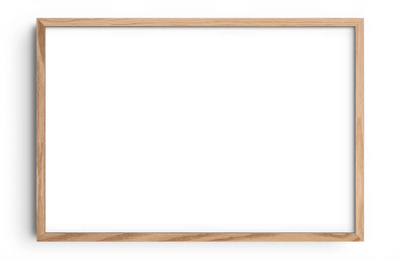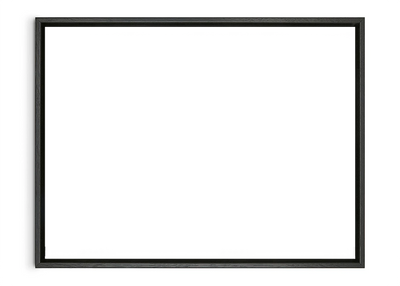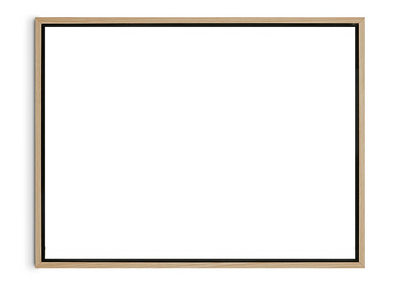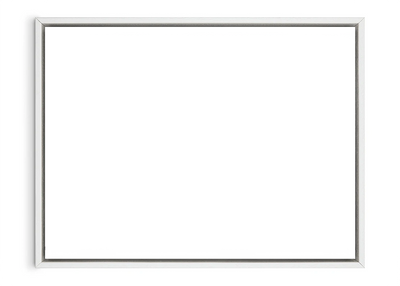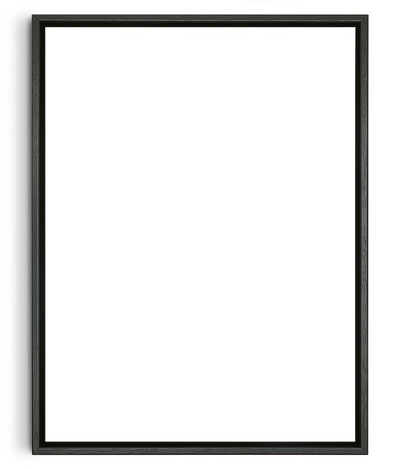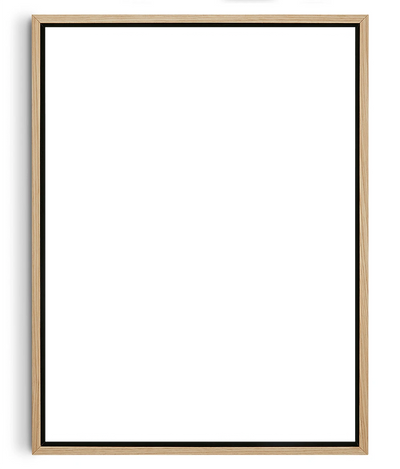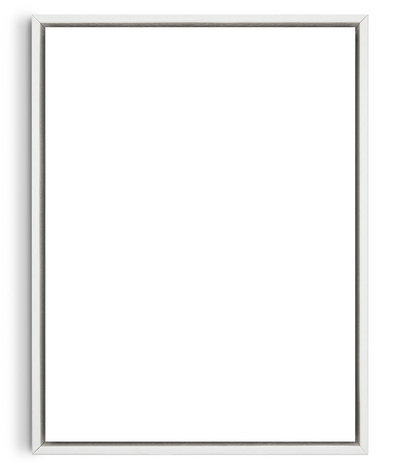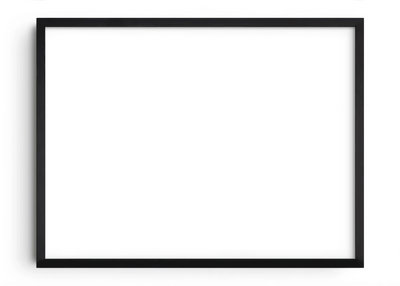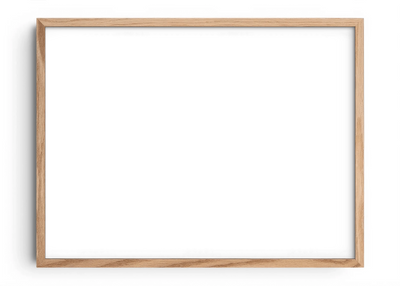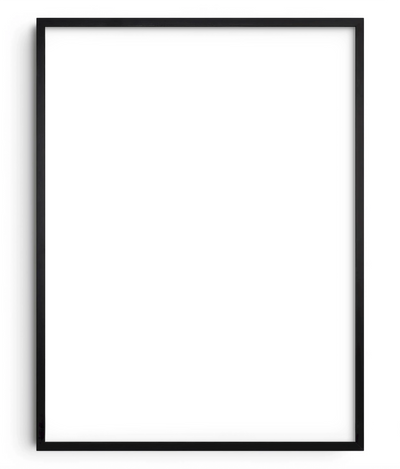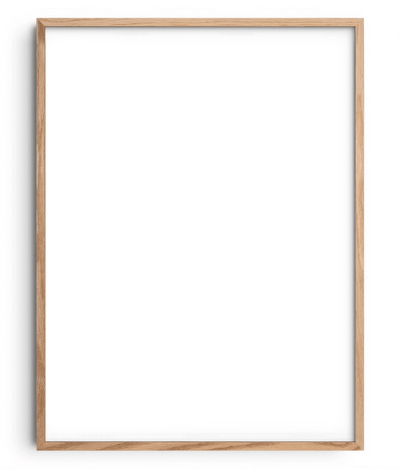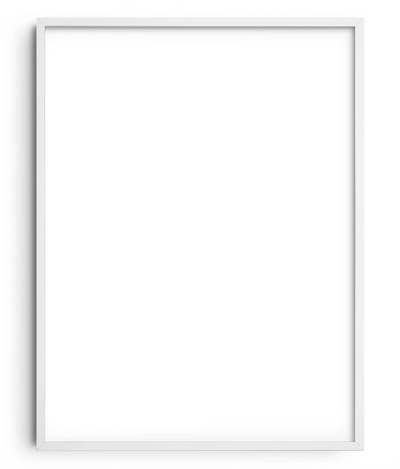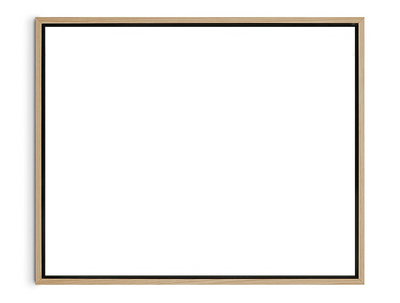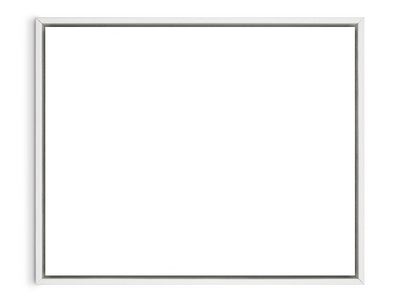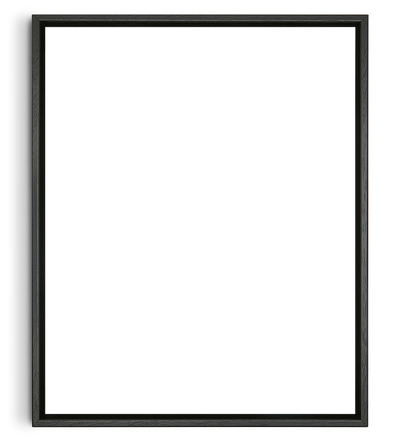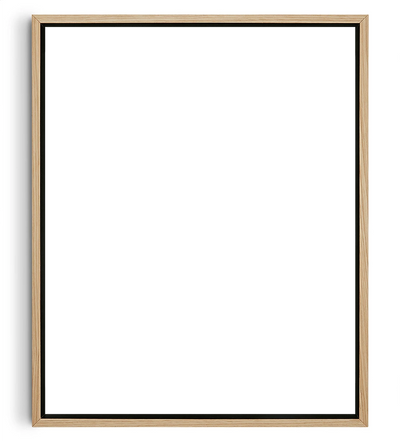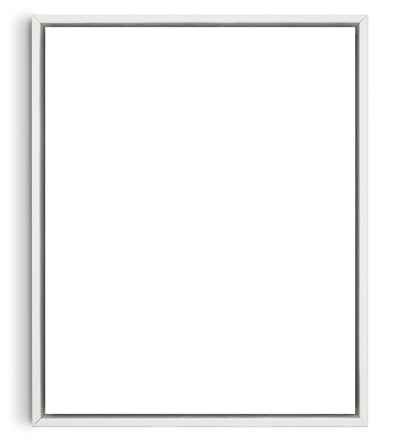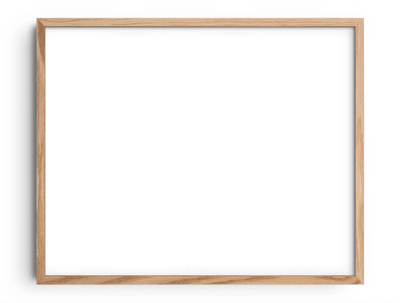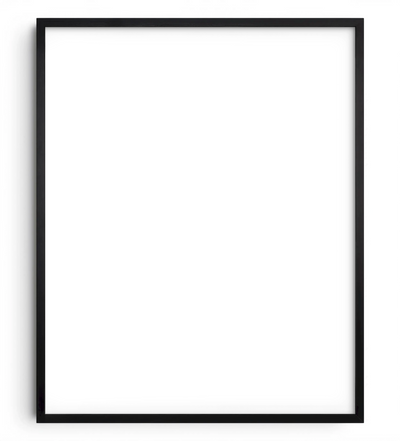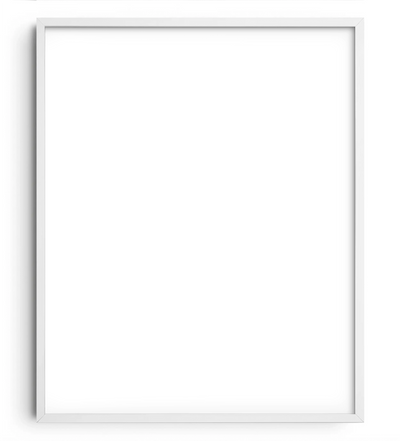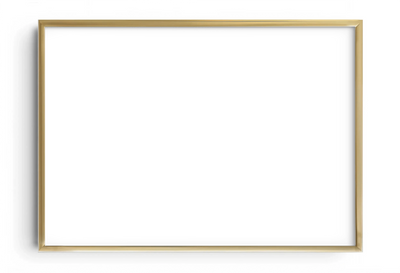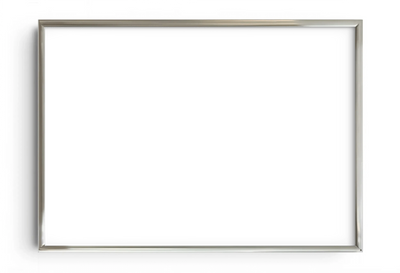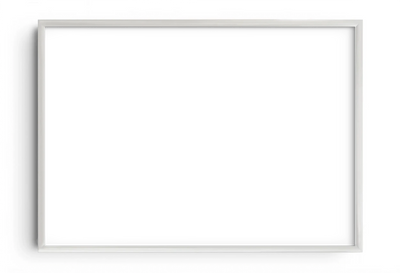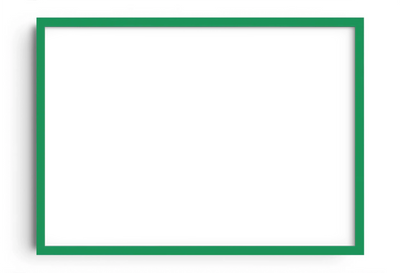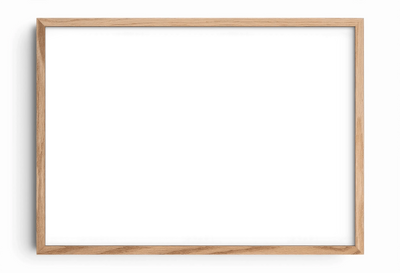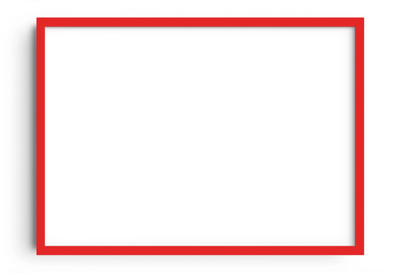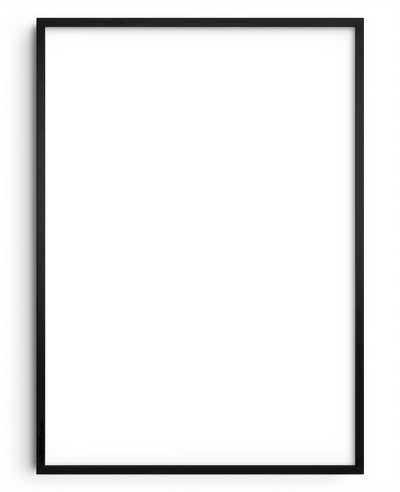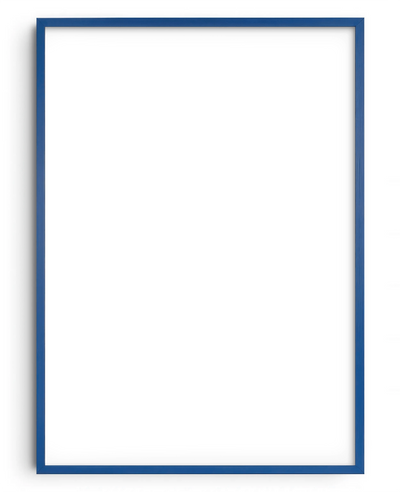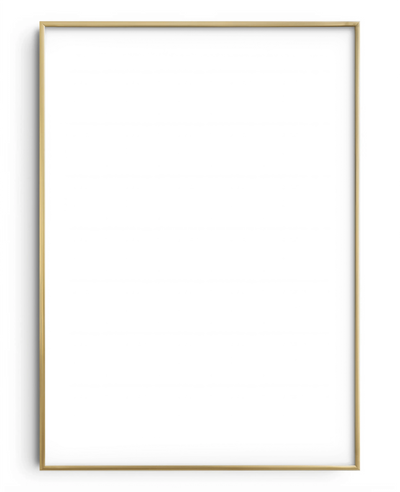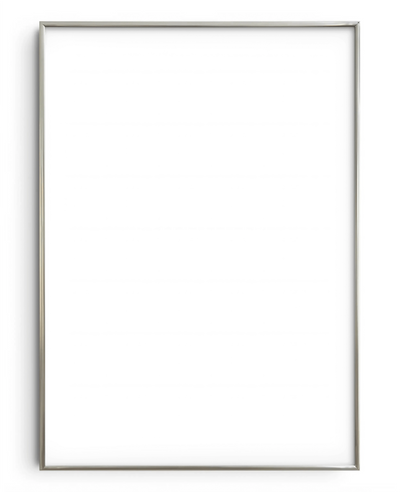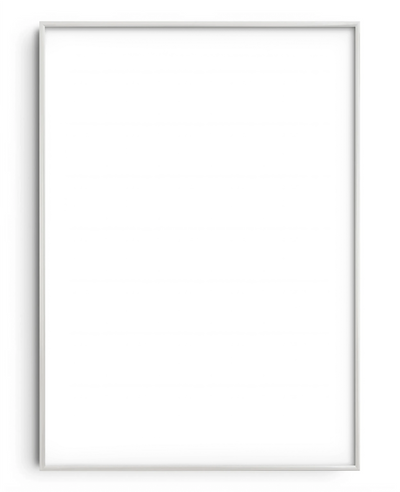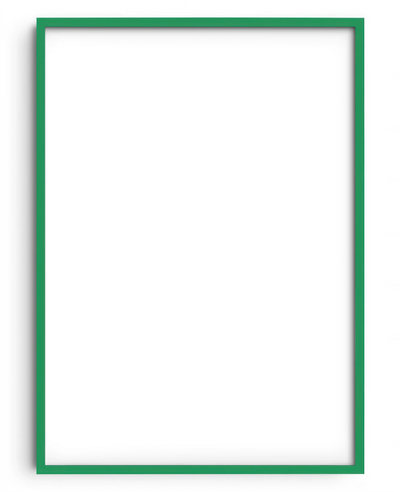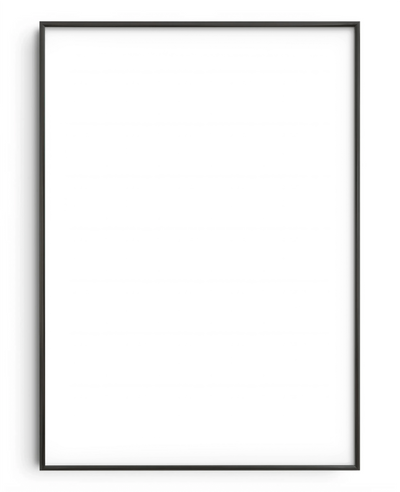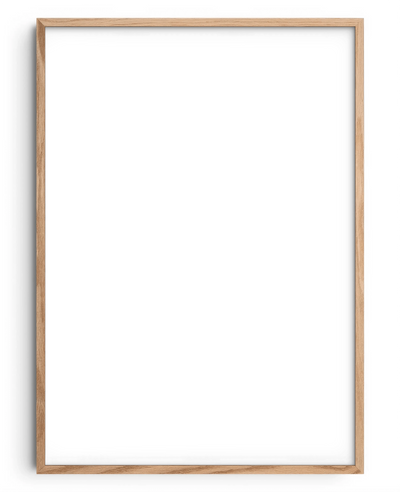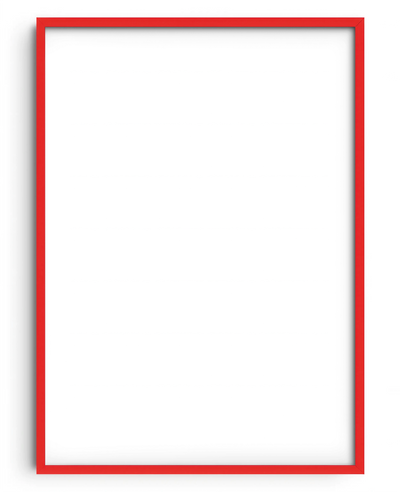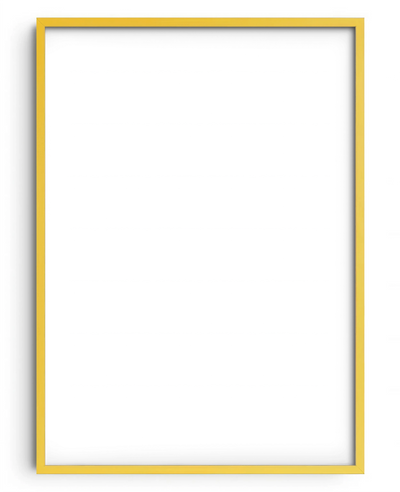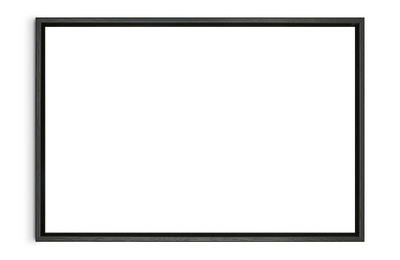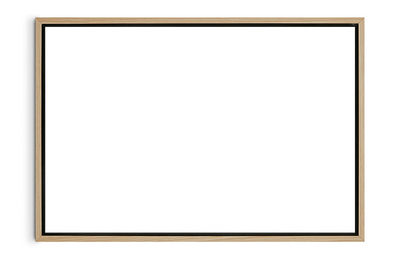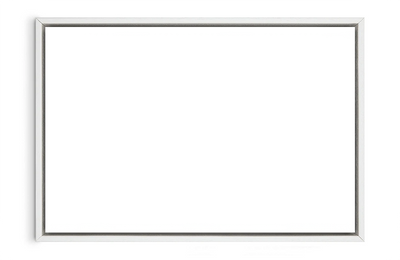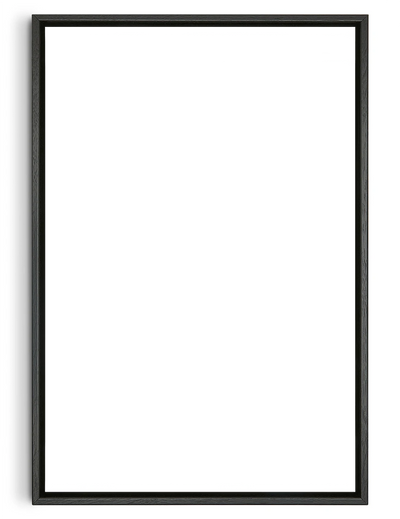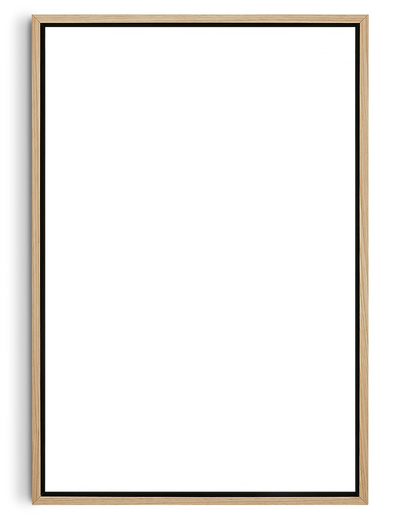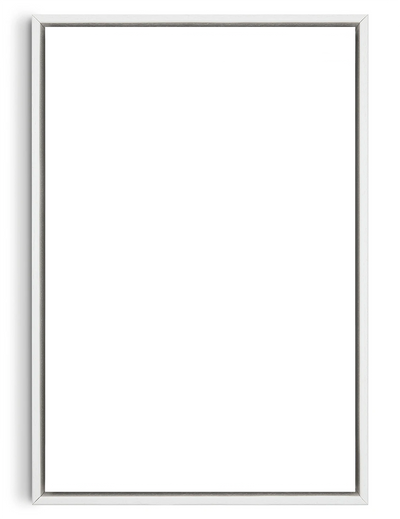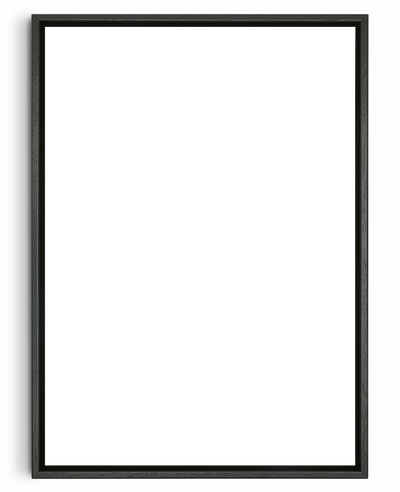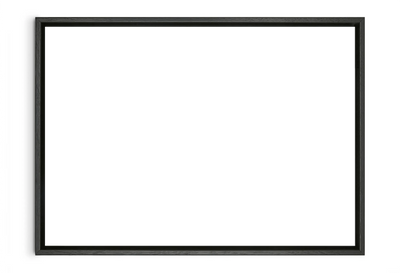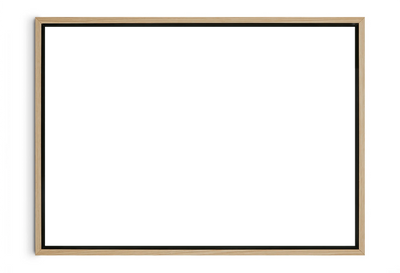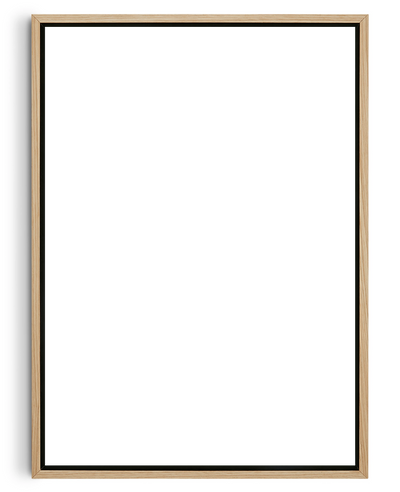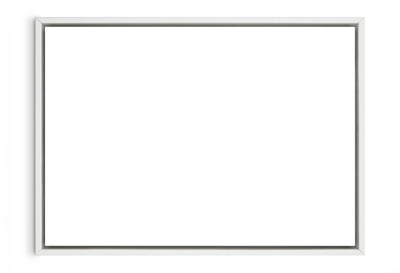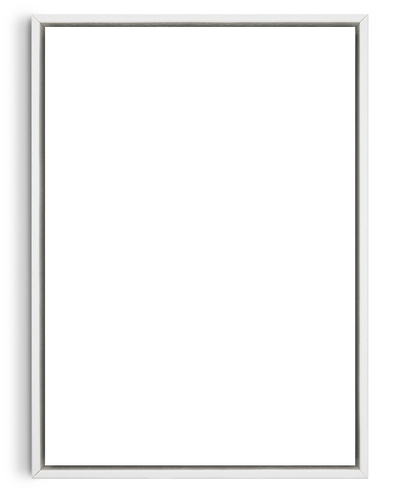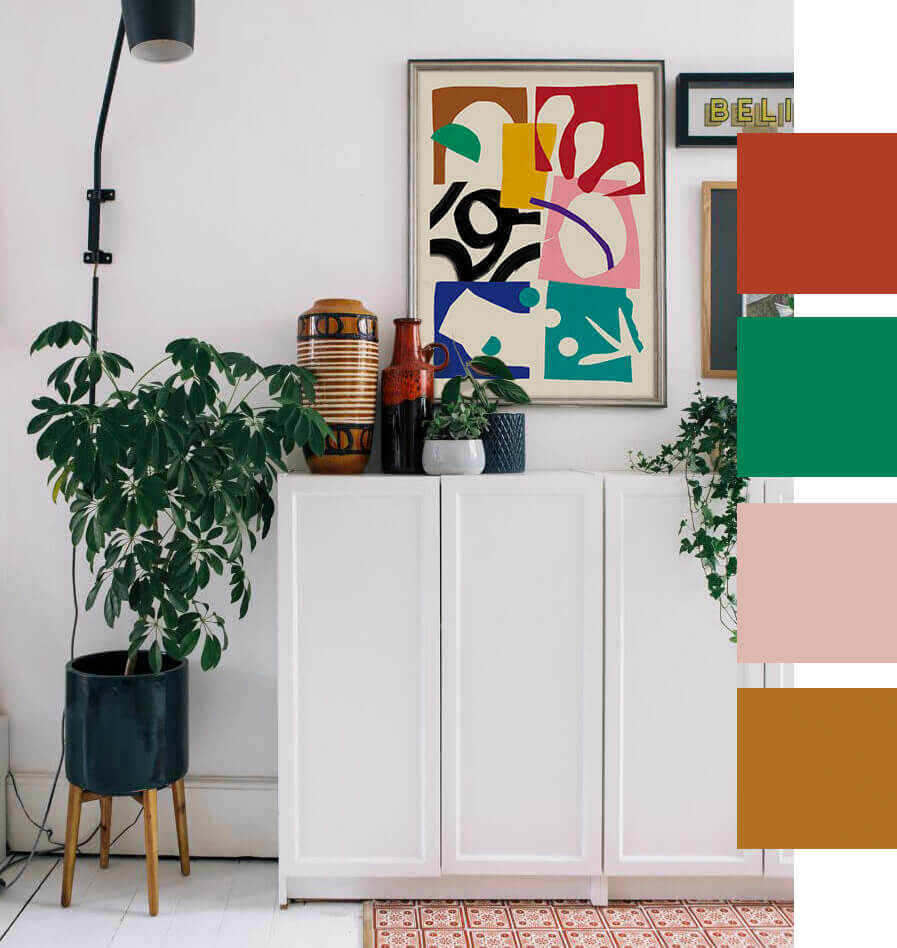

Buying art prints for your home can seem like a stressful process, but it can be narrowed down quite easily. As people often choose between two routes when buying art, either you choose art that you love or you choose art that complements your space…or a bit of both
But whatever level you’re at – whether you have a 10-piece collection or you’re on the hunt for your first print – Alex Liepman, Founder and Lead Curator at DROOL believes you should always start by finding art that you have an emotional connection with - something that you love because it reflects your taste, style or personality. Then making sure the artwork complements your space can be an afterthought
“Art has the power to set the tone in your home and gives a great basis for a colour palette. So when decorating a space, it makes sense to find the art then choose the decor colour. You want to find an awesome artwork you love, rather than adhering to the colours already in a room” says Alex
But whichever route you choose, we’ve pulled some handy tips together that’ll certainly help in your decision-making process
Find an emotional connection
At the end of the day, it’s your hard-earned money that you’ll be parting with when buying an art print, so you want to be able to look at it every day knowing you love it and it makes you feel something. Whether that’s inspiration, joy or satisfaction, it doesn’t matter. So long as it gives you a good feeling or matches your taste, finding that emotional connection is key
You want to buy pieces of art because you love them. So when scrolling through the various print options, the chosen piece should stand out as unique and intriguing. “Go for something you connect with and you can't go too far wrong” says Alex
Buying art can all too often be made out to be this big scary thing that people overthink, but it really doesn’t have to be. Painter Claude Monet summed it up nicely - “Everyone discusses my art and pretends to understand—as if it were necessary to understand—when it is simply necessary to love.”
Create a ‘flow’, with artwork that complements your space
(This is where things get a little bit more technical)
Using colour
At a basic level, this means putting a bit of thought into the colours of both the artwork and the space you intend to hand the artwork in. By colour matching, you choose colours that complement each other, either matching a piece of artwork to your existing colour scheme or by picking two or three colours from the piece and adding accents from that around the room
TIP: If you’ve not got a great eye for colour, using the colour wheel can really help. As using complementary colours means using two colours that are opposite each other on the colour wheel. For example, orange and blue are two complementary colours that have synergy. There's also a great deal of psychology that comes with colours and it can change moods and emotions. Warm colours like red, yellow and orange can produce feelings of warmth, while cool colours like green and blue can be calming
Using shapes
Try to repeat or match shapes and angles throughout your space. If your room features hard surfaces or industrial edges, choose artworks that incorporate sharp lines and angles. Whereas if your space has soft textures and rounded furniture, you could choose artwork with less harsh and more comforting angles or shapes. It’s all about making sure that nothing jars and everything talks to each other
Getting hands-on - Step by step tips to buying and hanging art prints
Let the search begin
Head to the web store and have a browse…see if any artworks induce emotion, give a wow factor or match your taste? Whichever room you’re buying for, it’s good to think about the atmosphere you’d like to create. Some artists have bold, noisy energy that's incorporated throughout their style and their work often fits well within busy environments such as kitchens and living areas. Softer, more muted pieces work better in rooms where you might want to create a calmer setting, such as bedrooms and bathrooms
TIP: Use the filter to narrow the focus if there's a particular medium or subject you dig
Size things up
Start by examining the wall or walls you're thinking of putting the prints on and try to imagine the layout that could work best. There are so many options, so get creative. You could do a gallery wall featuring several smaller prints or would a big statement piece work better or perhaps even 2 medium-sized horizontal prints. Make sure you also consider the other items in the room, as you don't want it getting too hectic
Once you're set on where the artwork will be placed, you want to determine the sizing, as many prints come in a range of sizes
TIP: To gauge the size, you can find a household item that closely matches the size. Cardboard or paper works amazingly for this, as you can cut out the exact dimensions of your artwork and stick this to the wall. This will allow you to easily see at scale whether it's too big or too small for the space. If you're opting for a frame, take into consideration the depth from the wall too
Time to hang
The final step is to order and hang your artwork. Make sure you think before you hang, as you want to get the positioning right before making loads of holes in your walls. A lot of the time it’s best to hang artworks at eye level. It sounds obvious, but people often hang their artworks far too high, particularly when they have high ceilings. So when in doubt, do what the galleries do and hang at eye level when stood up
Some people love picture lights, as they think it will help make their artwork stand out. But we hate them at DROOL as they interfere with the artwork. But if you insist on some form of additional lighting, we’d recommend recessed down-lighters, especially if they’re directional. That way you can angle them to wash the nearby wall with light without shining directly on the print






















